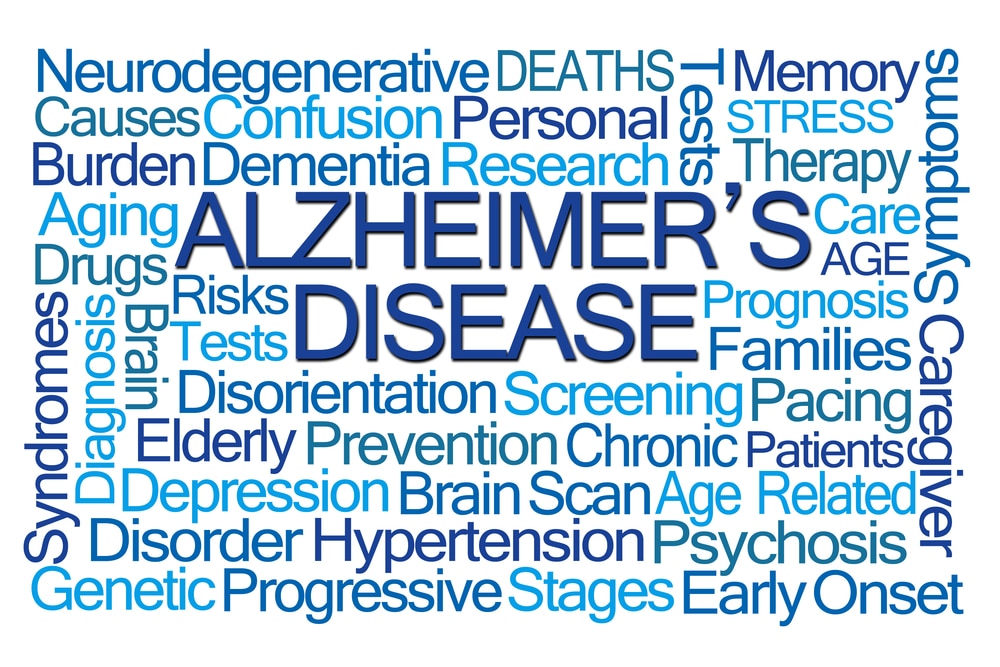Risk Factors and Early Detection of Alzheimer’s and Dementia
New research conducted by the Alzheimer’s Association found that risk factors for Alzheimer’s may be apparent as early as our teens and 20s. The pinpointing of these risk factors can help young people lower their risk of suffering from Alzheimer’s later on in life.
The Danger of Dementia
Many people think of Alzheimer’s as a type of dementia, which it is, but according to Dr. Keith Fargo, director of Scientific Programs & Outreach of the Alzheimer’s Association, it’s much more than that. “It is a fatal brain disease, and it is extraordinarily prevalent,” he said in an interview with News-Medical. “When you look at people who are over the age of 65, about 1 in 10 individuals suffer from Alzheimer’s disease. In people who are over the age of 85, it is about 1 in 3.”
That translates into more than five million Americans who are currently living with Alzheimer’s. That number is projected to rise to nearly 14 million by the year 2050.

Risk Factors
There are several identified risk factors that increase the chances of developing Alzheimer’s later on in life. These include:
- High blood pressure
- High cholesterol
- High BMI between the ages of 20-49
- Diabetes
- Education quality
- Genetics
- Race
While some of these risk factors are not able to be modified, others can be. Dr. Fargo cited The Lancet Commission on Dementia, which claims that up to 40% of dementia cases are preventable. This means targeting modifiable risk factors and making efforts to change them.
BMI and Dementia
The study presented at this year’s Alzheimer’s Association International Conference focused on high BMI, among other things. Researchers found that people with multiple cardiovascular disease risk factors at young ages are much more at risk to develop dementia later on in life.
As childhood obesity and diabetes are on the rise in the United States, the study can help public health services understand where to focus their attention. Education about healthy eating and exercise can not only help fight obesity, but all of its unwanted complications, including the development of dementia.
Race and Dementia
In the United States, the risk for African Americans to develop dementia is about double than it is for Americans with European ancestry. Latin Americans are about one and a half times more at risk to develop dementia than Americans with European ancestry.
It’s important for researchers to understand why the rates in African and Latin Americans are so much higher. Understanding can help in risk reduction and in finding new potential medications, especially for those populations at higher risk.
The study that found that those who develop multiple cardiovascular disease risk factors at young ages are more at risk to develop dementia later on in life sheds light on the question of why African Americans are more at risk. African Americans are more prone to cardiovascular
disease, which means that efforts to promote healthy lifestyles must start at a young age, not in middle-adulthood.

Early Life Education
Another study found that early life education is associated with better language skills, memory performance, and a lower risk of developing dementia later. Researchers found that those who attended school in states with lower quality education had a rapid decline in memory and language as older adults. Those who attended schools with a higher quality education were less likely to develop dementia.
Modifiable Risk Factors
According to Dr. Fargo, it’s important to focus on the Alzheimer’s risk factors that we can control. Food quality and even quality of education can be difficult, since some people simply have a harder time gaining access to them. He suggests exercise and maintaining social connections, as preventative measures that people can take into their own hands.
At the same time, Dr. Fargo suggests that changing more than one modifiable risk factor is much more effective than controlling just one factor.

